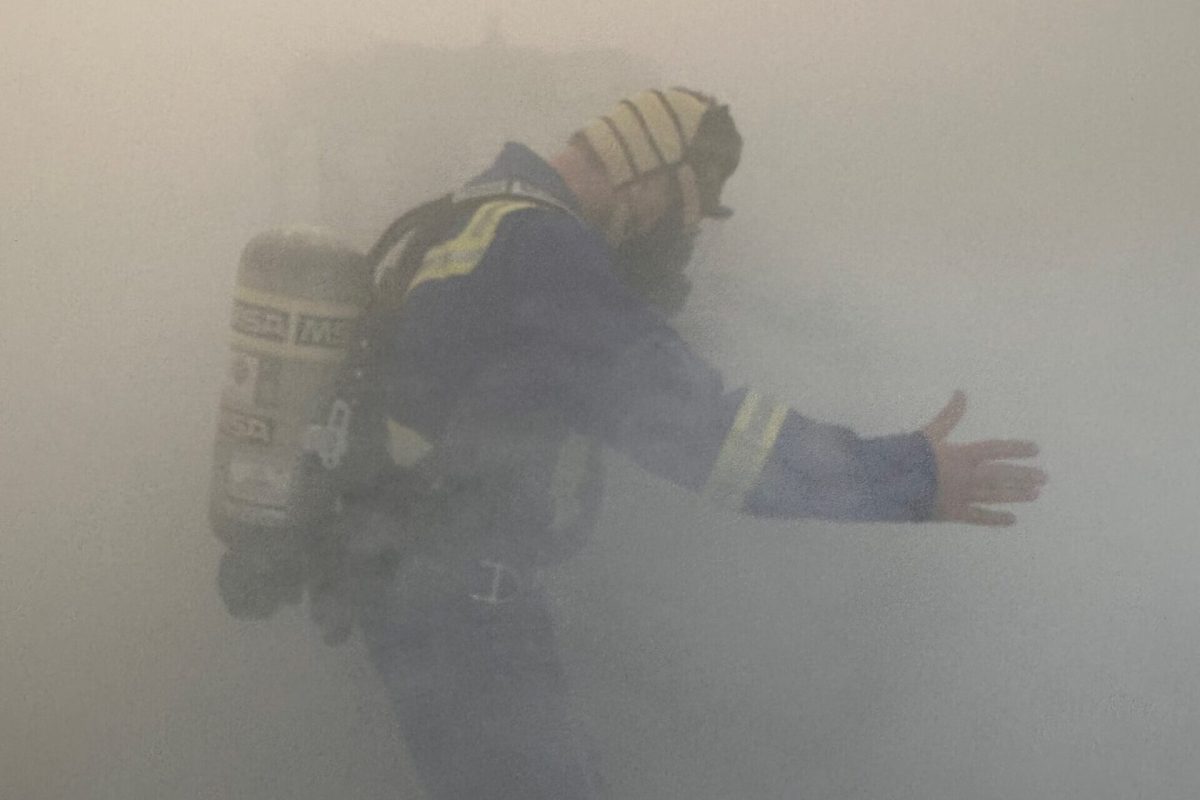Preparing for the Unexpected at a Critical Infrastructure Site
As part of our continued work to support the Emergency Management Program at FortisBC, Ally recently helped plan and execute a full-scale LNG emergency preparedness exercise at the Mt. Hayes facility on Vancouver Island. This plant is one of two liquified natural gas (LNG) facilities owned and operated by FortisBC in British Columbia. The exercise scenario—the specific event and conditions of the simulated emergency—was designed to meet the criteria of a Level 3 (“Critical”) incident, where emergency conditions could lead to serious injuries or fatalities.
Emergency Exercise Enhances LNG Emergency Preparedness
In this case, the simulated emergency was a breach in the integrity of the LNG tank, resulting in a leak. This scenario provided the opportunity for the Mt. Hayes incident site team to activate their Emergency Response Plan, and for FortisBC’s Emergency Operations Centre (EOC) to execute its roles and responsibilities in response to a Level 3 emergency. This dynamic exercise challenged participants to manage a time-sensitive incident using real-world procedures in a controlled environment.
Multi-Agency Collaboration in Action
More than 50 individuals took part in the exercise, including FortisBC staff, representatives from the Regional Districts of Nanaimo and Cowichan Valley, local emergency services, and the BC Energy Regulator. This diverse group of stakeholders worked together to manage the unfolding scenario, demonstrating the strength of coordinated, cross-agency response and reinforcing relationships that are crucial during real emergencies.
Exercising Public Communication Capabilities
As part of the exercise, FortisBC’s Public Affairs Emergency Team (PAET) also fielded simulated inquiries from nearby residents, reporters, First Nations, and government stakeholders. The inclusion of FortisBC’s PAET added a critical communications element to the exercise, helping to enhance the team’s readiness for a real crisis that would require timely communication of information to various audiences.
Building on Prior Preparedness Drills
The FSX was complemented by a series of casualty evacuation drills held the previous month at the Mt. Hayes LNG facility. These advance drills helped establish a strong foundation for decision-making and procedural responses during the FSX and further enhanced the facility’s overall preparedness for real-world incidents.



Lessons Learned and Key Takeaways
The exercise was ultimately deemed a success, with all key objectives met. Participants found the scenario both challenging and realistic, providing an invaluable opportunity to refine their emergency response skills. Key takeaways included the importance of redundant communication systems and the value of early involvement of local stakeholders in emergency planning.
Supporting Resilient Operations
Ally extends our sincere thanks to all participants for their engagement, and to FortisBC for their continued leadership and commitment to proactive emergency preparedness.
References:
FortisBC. June 2024/2025. Corporate Emergency Response Plan.














